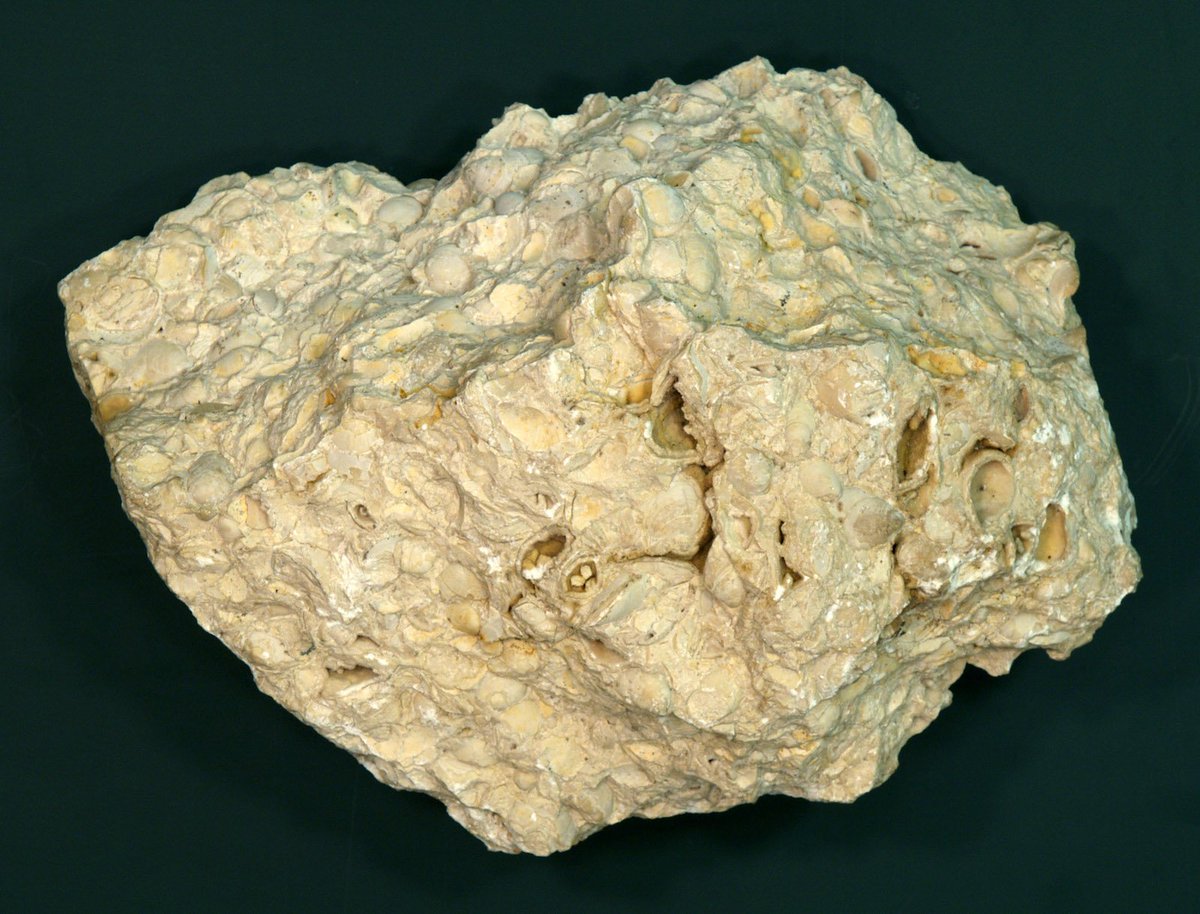That's easy: cement.
If it's wasn't thousands of years old, cement would seem futuristic. Think about it: it's *liquid rock*!
Here's how it works:
In other words, when cement sets, it's basically turning *back into limestone.*
Like coffee or pancake mix, it's “instant stone—just add water!”
Isn't that basically *magic*?
Add sand → mortar (like between bricks)
Add sand + gravel → concrete
Sand/gravel in this context are called “aggregate”.
More details and image credits here: rootsofprogress.org/instant-stone-…









